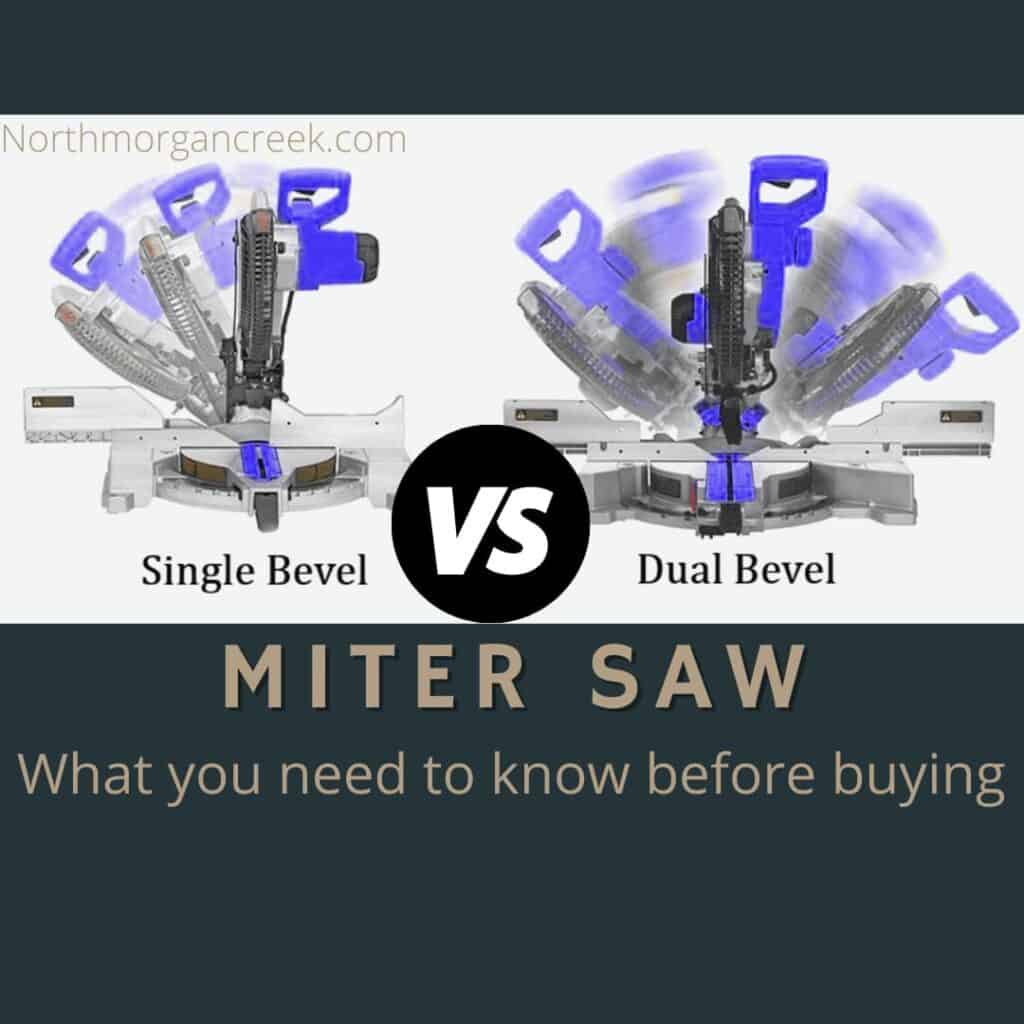While mitre saws are amazingly useful in woodwork stations due to accurate and precise bevel crosscuts, they come with a number of serious drawbacks; especially when you are cutting small pieces of wood. A good miter saw fence is an important part of your miter saw. But, whats the best material for a miter saw fence?
The open space between the blade and the fence makes safe and accurate cutting of small parts an uphill battle. This also makes trim work and frame-making complicated. Obviously, you would seek ways to avoid the little pieces of wood flying across your working station.
The remedy for this challenge is straightforward and entails building a simple but effective miter saw fence. This miter saw fence is supposed to sit on the saw and forms a zero-clearance slot specially for your blade.
A mitre saw fence is a firm flat surface that acts as the reference face against which you are required to butt your workpiece. Although a miter saw fence is simple, it is a vital part of a miter saw. It serves two critical functionalities that are safety and reference for cutting.
As a novice, it may be challenging to decide on the best material to use for making a miter saw fence. A miter saw fence is supposed to be strong and sturdy to withstand various stringent woodworking undertakings.
Due to this, it is recommended that you use a material that is sturdy and durable. Medium-density Fibreboard (MDF) is one of the best materials for a miter saw fence as it’s more dense and more potent than plywood and particleboard.
This piece will enlighten you on the best material for a sacrificial miter saw fence.
Let’s get to the details.
Ideal Material for Mitre Saw Fence
With the wide range of materials available in the market, it can be a challenging hurdle when deciding on which material to use on your sacrificial miter saw fence.
It is essential to put a number of factors into consideration to make the ideal choice. The material chosen should meet your needs without breaking or cracking easily. You should also ensure that the material is within your budget and easily accessible.
Medium-density Fibreboard (MDF) is one of the widely used materials by carpenters and woodwork experts in making a miter saw fence. This material is highly recommended due to its robust features.
MDF is a craftily engineered wood product manufactured by breaking down softwood or hardwood residuals into wood fibers, mostly in a defibrillator, mixing resin binder and wax forming panels by applying high pressure and temperature.
As compared to plywood and other wood products such as particleboard, Medium-density fibreboard is more dense and strong, which is ideal for making a miter saw fence.
MDF is also resistant to bowing. Thus it can hardly crack or break when exposed to tough woodworking undertakings. Another essential feature that makes this material suitable is that it is flatter with zero coarse surfaces.
It is very vital that you get value for your money when buying a material to use for a miter saw fence.
As compared to other types of wood materials, Medium-density fibreboards are pocket friendly, and you can easily get them at any hardware store around your place.
Here’s a general video on building a miter saw fence should you need some reference:
Why MDF is Suitable for Making of Mitre Saw Fence
A miter saw fence plays a critical role; thus, the material used should be rigid enough. A sacrificial mitre saw fence made by Medium-density Fibreboard would reduce the chances of small pieces of wood from becoming dangerous projectiles as you undertake your challenging woodwork duties.
MDF will also provide you with added support. Thus your miter saw won’t be wobbly and shaky for clean and tidy work.
The use of Medium-density Fibreboard will play a significant role in eliminating the tear out that you may often experience from the back of the cut. Marking up the next cut on the MDF is greatly simplified through the use of the line in this sacrificial miter saw fence.
You will also be able to increase accuracy and precision while making 90-degree straight cuts using a miter saw fence made by Medium-density fiberboard. Additionally, the use of an MDF saw fence is ideal for making frames.
Alternatives to MDF for Making Miter Saw Fences
Although Medium-density Fibreboard (MDF) is suitable for making miter saw fences, there are types of wood products that you can also use. The following are some of the alternatives that you could use instead of MDF:
- Maple
When you opt for a miter saw fence material that is robust and permanent, you should consider using maple. Although maple is more expensive than Medium-density Floorboard, it will give you value for your money as it is incredibly strong and may not easily break. However, maple is more suitable for those in the commercial woodwork sector as it is costly and may not be wise for the domestic miter saw users. But if you can afford maple, then you should go for it.
- EKOply
Another cheap alternative for Medium-density Fibreboard for the making of a miter saw fence is EKOply. It is suitable as it is designed to be more durable and sturdier than the conventional plywood sheets, and it is produced from recycled materials, thus being eco-friendly. Additionally, EKOply is resistant to corrosion and natural rot. This type of material is easily accessible and less costly.
Although there are different materials that you could use for a miter saw fence, Medium-density Fibreboard is more suitable due to its robust features and cannot easily crack or break.

